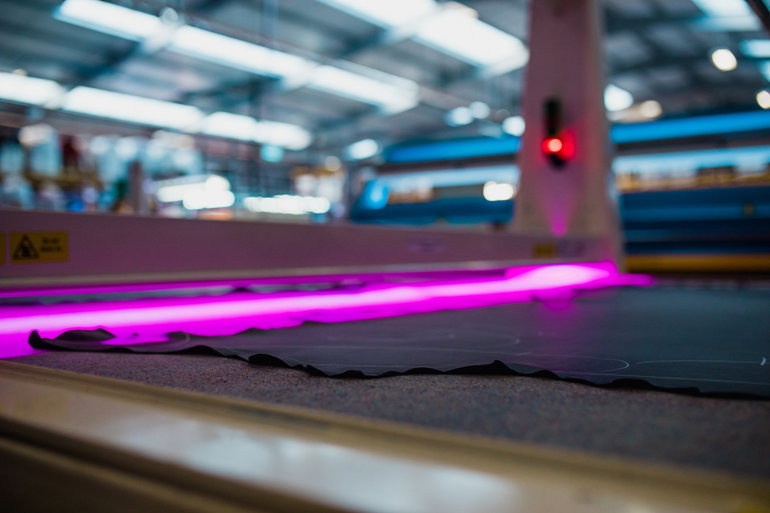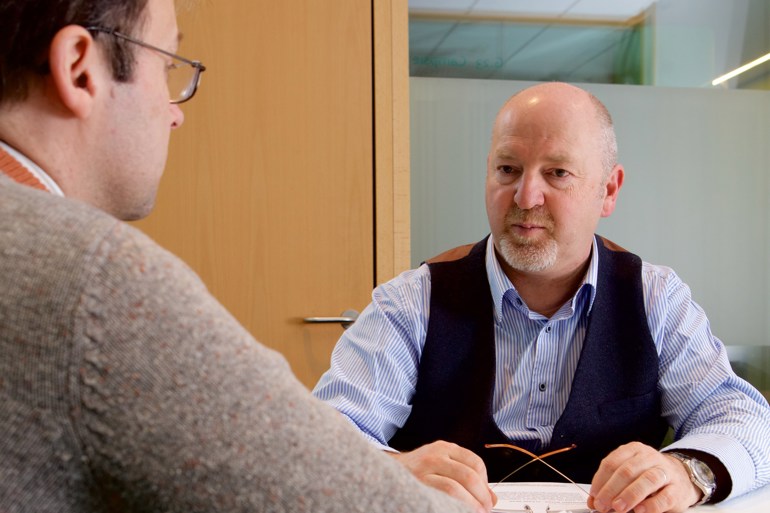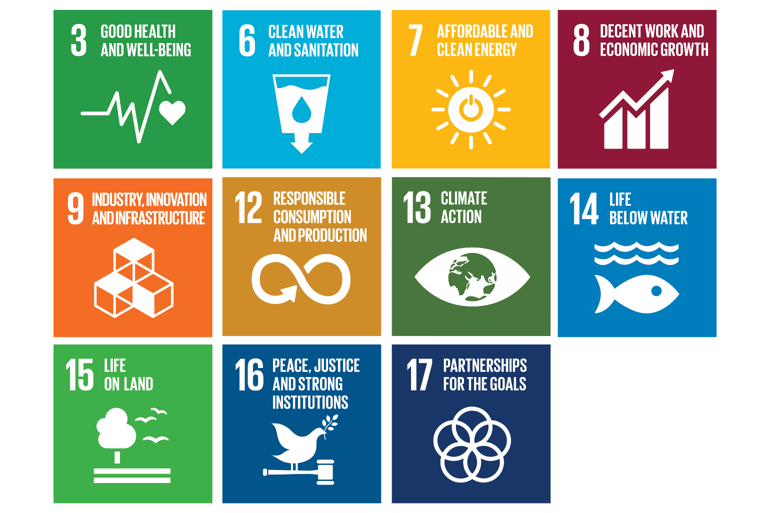
Leather sector plan
The leather sector plan focuses on businesses that manufacture leather from bovine hides. Significant improvements have been made over the last 7 years at regulated sites resulting in near excellent compliance. Many businesses in the sector are already moving beyond compliance, using innovative processes and techniques to produce leather with a low environmental impact. This plan will build on that, and help the sector to continue to pursue excellence in the way it operates and achieve its circular economy aspirations.

Regulations and guidance
Regulations
There are five licensed sites in Scotland which we regulate under the Pollution Prevention and Control (Scotland) Regulations 2012 (PPC).
One site also abstracts water for the use in its processes and is regulated by the Water Environment (Controlled Activities) (Scotland) Regulations 2011 (CAR).
The Energy Saving Opportunities Scheme Regulations (ESOS) also applies to the regulated sector, achieving compliance in Phase I through their ISO50001 accreditation. It is a mandatory energy assessment scheme to help large businesses recognise the business and financial benefits of implementing energy saving measures.
Guidance
Several EU regulations have implications for the leather industry:
- Regulation (EC) No 1907/2006 on the Registration, Evaluation, Authorisation and restriction of Chemical substances (REACH)
- Directive 2010/75/EU on industrial emissions
- Regulation (EC) 1069/2009 and Commission Regulation (EU) 142/2011 on animal by-products

UN Sustainable Development Goals
In 2015, the First Minister pledged that Scotland would lead the way to deliver a more equal, more just world, by signing Scotland up to the United Nation (UN) Sustainable Development Goals. These global goals give us the framework to achieve real change, from eradicating poverty to ensuring a good home for us all. This vision is underpinned by Our Approach to Regulation, which aims to deliver environmental protection and improvement in ways which help communities and businesses thrive within the resources of our planet.
Scotland’s businesses have a critical role to play in leading Scotland’s contribution to achieving SDGs. Through our sector plans, we have identified opportunities that will work towards achieving the goals and help realise the economic benefit of increased resource efficiency, innovation and resilience.
The actions set out in the Leather sector plan contribute towards UN Sustainable Development Goals 3, 6, 7, 8, 9, 12, 13, 14, 15, 16 and 17.


